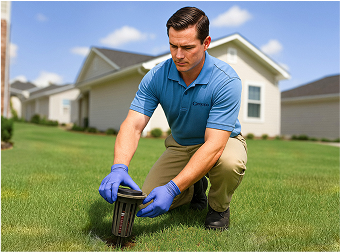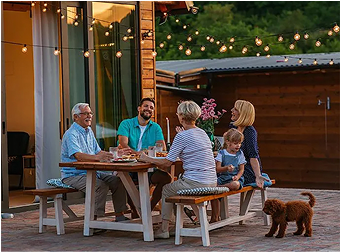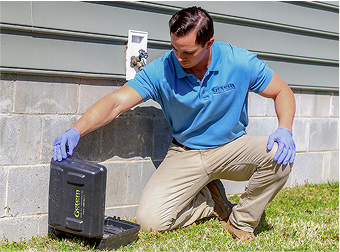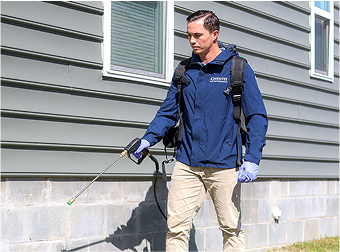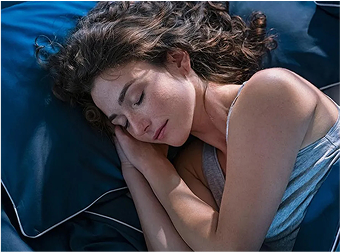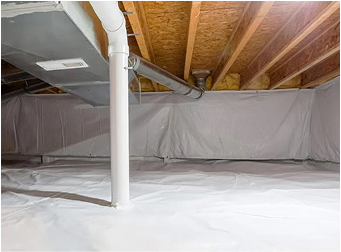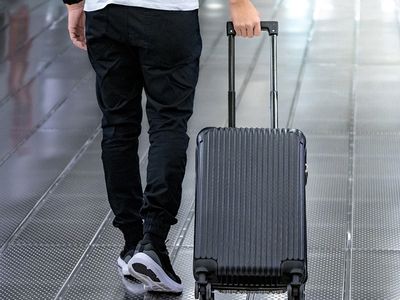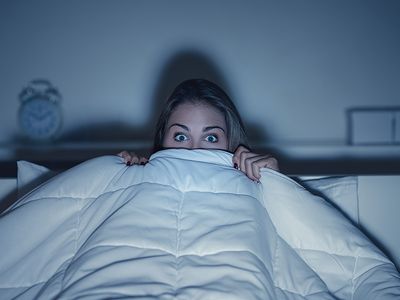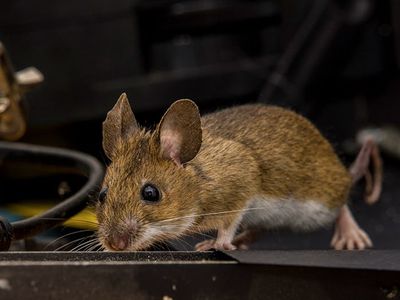Common Spiders In Virginia
Virginia is home to a variety of spiders. While some are well-known—like the black widow or yellow garden spider—there are many other species you may not have heard of. In this blog, we'll go over a list of common spiders found in VA, as well as what they look like and what to do if you get bitten.
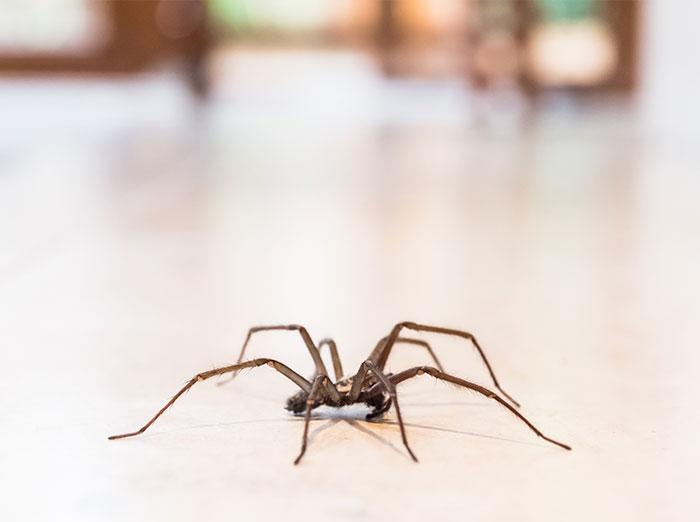
Venomous spiders in Virginia
While spiders are often referred to as poisonous, they are actually venomous—meaning that they inject their venom into their prey by biting it. The following spiders are extremely venomous and can endanger the well-being of your loved ones, which is why it is important to know how to identify them.
Black Widow Spiders
You can identify this spider by its shiny black color and bright-red marking on its abdomens. The female spider will be one and a half inches in size, and the male will be approximately half the size of the female.
Black widows are the most venomous spider in North America—their venom being 15 times stronger than rattlesnake venom. Thankfully, a bite from a black widow rarely kills anyone, though they have the potential to make you extremely sick.
Brown Recluse Spiders
A brown recluse, which is about ⅜ inches long, derives its name from its brown body, as well as the dark-brown, violin-shaped mark it has on the portion of the body where the legs attach. One of its unique markers is that it has six eyes, arranged in sets of two.
Similar to the black widow, a bite from a brown recluse requires medical attention. While they usually live outdoors under rocks and logs, they are still well-adapted to living indoors with humans and can often be found in attics, basements, or garages.
Black-Footed Yellow Sac Spiders
The yellow sac spider is ¼ inches in size and light yellow to yellowish-green in color and often has an orange-brown stripe on the top of the abdomen. The tips of its feet are black, giving it its unique name.
Yellow sac spiders can be very aggressive, though you are most likely to get bitten when you are working outdoors in an area that is generally undisturbed.
Other common spiders in VA
Aside from the venomous spiders listed above, there are also a lot of spiders that, while technically venomous, do not pose a risk to humans. Instead, their venom is only strong enough to incapacitate their prey, though their bites can still be painful and in some cases cause allergic reactions.
Yellow Garden Spiders
Yellow garden spiders, also known as zig zag or writing spiders, are very common around Virginia yards and are known for their large, patterned webs. They are brightly colored, with a black abdomen and symmetrical, bright yellow patches.
Common House Spiders
As their name indicates, the common house spider is extremely common and often found in homes. They tend to be on the shy side and might scurry away when alarmed. You can identify them by their various shades of brown to yellow-brown, dark brown spots, and brown legs with dark stripes.
False Widow Spiders
As suggested by the name, the false widow spider is commonly confused with the black widow spider. Though both spiders have round, dark-colored bodies, the false widow has cream markings (instead of red), with brown-orange legs (instead of black). Though the false widow’s bite can be very painful, it only lasts about 10-12 hours, but no more than 24 hours.
Orb-Weaver Spiders
To scare off predators, orb-weaver spiders have bright-yellow details, similarly to highly-venomous spiders—though, again, their venom isn’t potent enough to cause harm to humans. They can be anywhere from ¼ to 1 inch in length, and interestingly enough, re-spin their web every night.
Nursery Web Spiders
To identify a nursery web spider, look for a leg span of approximately 3 inches, with a body that is beige or light brown with dark brown stripes. Though this spider may look scary, its venom cannot harm humans or pets.
Wolf Spiders
Wolf spiders can be between ½ to 2 inches long and are brown to gray in color with various details, such as markings and lines. They also have eight, very dark eyes around their heads.
What do spider bites look like?
Spider bites can look very similar to any regular bug bite. It can appear red and inflamed and can feel itchy on your skin.
While most bites start to fade after a few days, common symptoms from venomous spider bites include:
- Pain and swelling
- Cramping
- Vomiting and nausea
- Blistering
- General discomfort, such as chills or sweating
What to do if you get bit by a venomous spider?
Seek medical attention immediately if you:
- Were bitten by a Brown Recluse or Black Widow spider
- Are unsure of which type of spider bit you
- Are experiencing extreme pain or have an allergic reaction.
- If you are not experiencing severe symptoms, you may clean the site with a mild solution of soap and water, apply an antibiotic ointment, and keep a close eye on the bite.
How to keep spiders out of my home
If you want to avoid being a victim to one of these common spiders in Virginia, there are some remedies to spider-proof your house, such as:
- Keeping your house free of clutter
- Making sure your windows are closed at night
- Utilizing peppermint oil as a repellent
- Securing any openings to your house, where spiders might be able to make their way through
Let the professionals help at Getem Services
We offer professional pest control services in Norfolk and surrounding areas, as well as same-day services. Our expert pest exterminators take pride in protecting your home! Call us or get a free quote.


I would definitely use Getem again and recommend their services.


